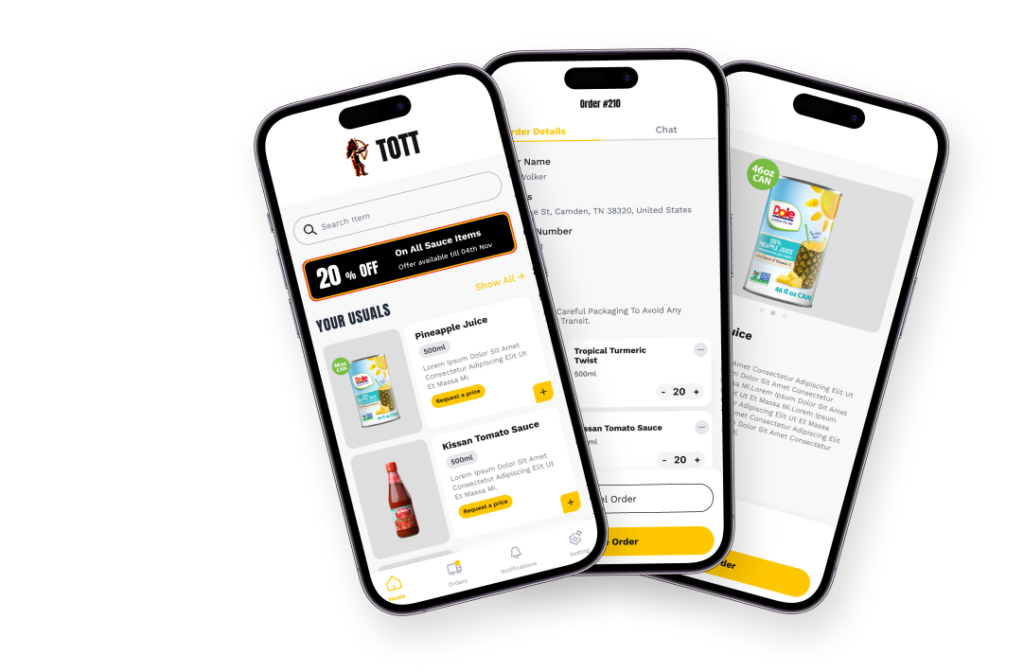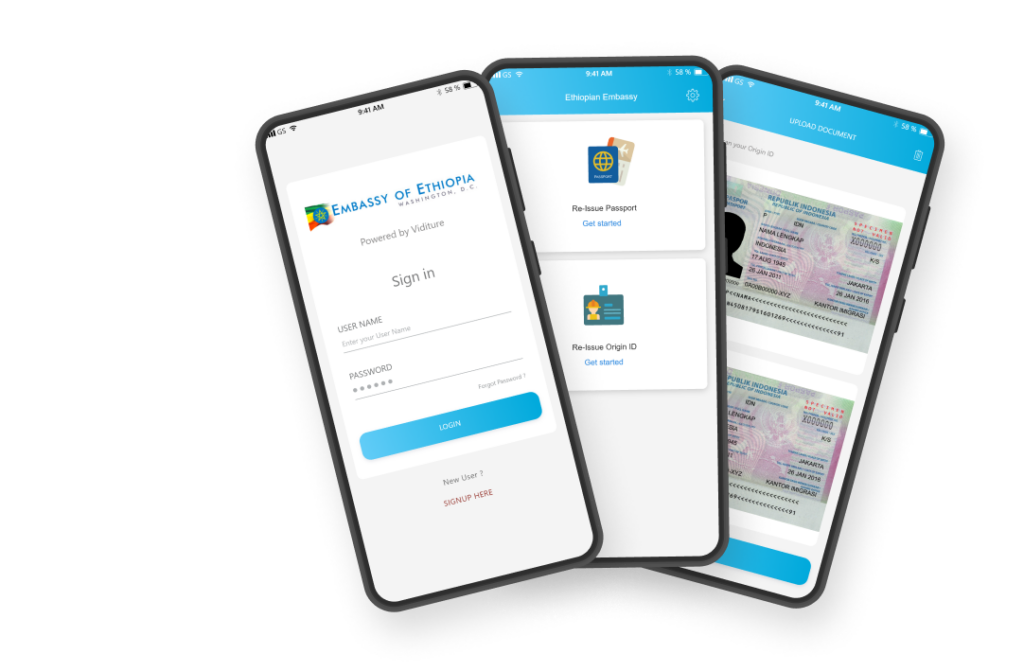Description
Benefits
Tailored Expertise
The team is composed of specialists selected to match the specific needs of the client's project, ensuring high-quality output and efficient problem-solving.
Scalability
The dedicated team can be scaled up or down based on project demands, allowing clients to adapt to changing requirements without the hassle of hiring or downsizing.
Cost-Effective
This model eliminates the overhead costs associated with hiring full-time employees, such as recruitment, training, and benefits. Clients pay only for the resources they need.
Focused Collaboration
With a dedicated team, clients have direct access to the team members, fostering better communication, faster decision-making, and a deeper understanding of project goals.
Flexibility and Control
Clients have the flexibility to adjust priorities, tasks, and timelines as needed, maintaining full control over the project's direction and progress.
Long-Term Commitment
The dedicated team remains committed to the client's project for its entire duration, ensuring consistency, reliability, and deep knowledge of the project's intricacies.
Seamless Integration
The dedicated team integrates seamlessly with the client's existing processes and tools, ensuring smooth collaboration and alignment with the client's business objectives.
Established Team Dynamics
One unique benefit of this model is that all team members are well-acquainted with each other's capabilities and roles, having previously worked together. This familiarity enhances team cohesion and facilitates smooth project execution, as members can effectively collaborate and leverage each other's strengths.
Benefits
Tailored Expertise
Scalability
Cost-Effective
Focused Collaboration
Flexibility and Control
Long-Term Commitment
Seamless Integration
Established Team Dynamics
How It Works
Requirement Analysis
Team Assembly
Onboarding
Project Execution
Continuous Learning
By choosing the Dedicated Team Model, clients benefit from a committed team that operates with the flexibility, focus, and expertise required to deliver high-quality software solutions tailored to their specific needs.
Our Work
Development
The ultimate solution for beverage and bar supplies management. With its user-friendly mobile app, customers can seamlessly browse, order, and customize their purchases.
TOTT is the ultimate solution for beverage and bar supplies management. With its user-friendly mobile app, customers can seamlessly browse, order, and customize their purchases. Real-time chat, push notifications, and dark mode enhance the experience, setting a new standard for convenience and control in the industry.
Tott

Development
Gurulugomi - Sri Lanka’s First Cloud Library Experience
Gurulugomi

Development
Viditure’s concept replaces traditional, less secure eSignatures with a 10–15 second video clip of the signer embedded in a pdf
Viditure’s concept replaces traditional, less secure eSignatures with a 10–15 second video clip of the signer embedded in a pdf. Viditure’s core is designed in such a way that several users may sign (Viditure) the same document Simultaneously, as well as documents can be signed sequentially. Since its inception as a small firm in 2014, our team has developed ground-breaking technological solutions that were almost unattainable with the limited technology available at the time. We have now aligned this technology to the point where it is ready to be white-labeled for any industry requiring remote secure document signing.
Viditure

Frequently Asked Questions
The dedicated team model is an outsourcing approach where a client hires a team of developers, designers, and other IT professionals who work exclusively on their project. The team functions as an extension of the client’s in-house staff, providing full-time commitment and flexibility.
Unlike the fixed-price model, where the scope and budget are predefined, and the time & material model, which charges based on hours worked, the dedicated team model offers a long-term partnership with fixed monthly costs, allowing greater flexibility and deeper involvement in the project.
Some key benefits include access to a skilled talent pool, cost-effectiveness compared to in-house hiring, scalability, direct control over the team, and better collaboration due to dedicated focus on your project.
Typically, the pricing is based on a monthly fee that covers the salaries of the team members, administrative expenses, and overhead costs. The cost structure is transparent, ensuring better budget control.
A dedicated team can include a variety of roles such as software developers, UI/UX designers, business analysts, project managers, quality assurance engineers, DevOps specialists, and more, depending on the project requirements.
This model is ideal for businesses with long-term projects, evolving requirements, the need for ongoing development and support, or those lacking in-house technical expertise but needing full control over the development process.

